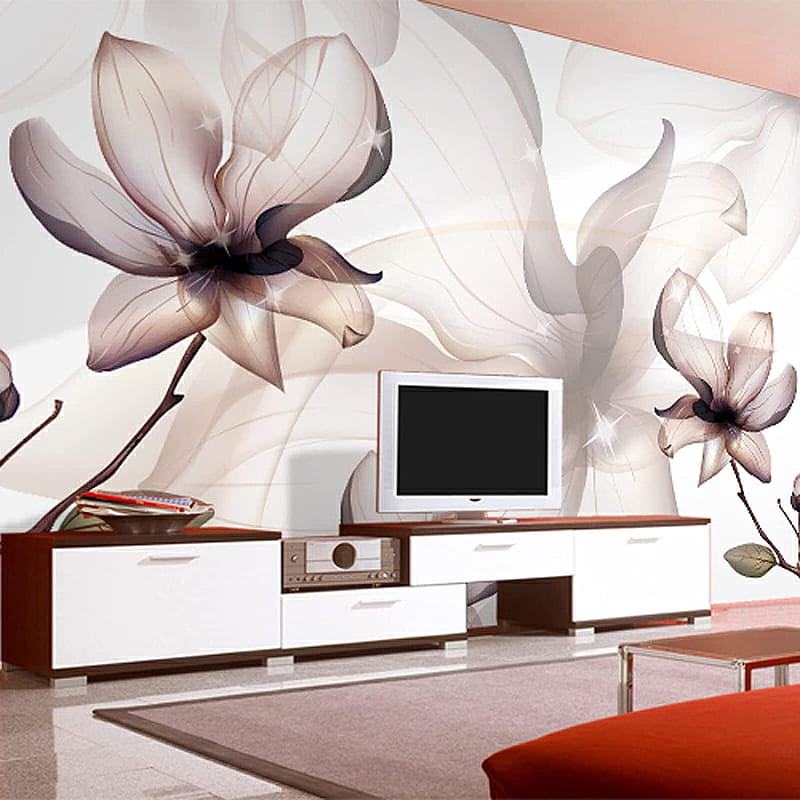The Rise of Black Ceilings
For the longest time, ceilings were simply painted white as they were considered a blank canvas that allowed for lighting fixtures to stand out. However, over the years, designers have become more adventurous and started to experiment with different colors, textures, and patterns to create unique and eye-catching ceilings. One of the most striking and dramatic ceiling designs that has gained popularity in recent times is the black ceiling.
Contrary to popular belief, a black ceiling does not necessarily make a room feel smaller, gloomy, and claustrophobic. In fact, a black ceiling adds depth and dimension to a room, making it appear larger and more expansive. A black ceiling also creates a cozy and intimate ambiance, perfect for bedrooms, home theaters, and bars.
The Benefits of a Black Ceiling
Aside from the aesthetic appeal of a black ceiling, there are several practical benefits to this design choice. For one, a black ceiling helps to reduce glare and enhance the overall lighting scheme of a room. This is especially useful in offices and other workspaces where bright, harsh lighting can cause eye strain and fatigue.
Another benefit of a black ceiling is the fact that it can hide imperfections and flaws in the ceiling, such as minor cracks and water stains. This is particularly beneficial in older buildings where hidden pipes and wiring can create unsightly ceiling bumps and bulges.
The Dos and Don’ts of Black Ceiling Design
While a black ceiling can be a bold and stunning design choice, it is important to follow some basic guidelines to ensure that the final result is both aesthetically pleasing and functional.
Do:
- Choose the right paint finish: A flat or matte finish works best for a black ceiling, as it helps to hide imperfections and reduces glare.
- Consider the ceiling height: A black ceiling can create a dramatic effect in a room with high ceilings, but it may feel oppressive in a room with low ceilings.
- Pair with light-colored walls: A black ceiling works best when paired with light-colored walls and floors to create a balanced and harmonious space.
- Accessorize appropriately: Use accessories such as metallic fixtures, chandeliers, and pendant lighting to add contrast and a touch of glamour to your black ceiling.
Don’t:
- Overdo it with patterns: While a patterned black ceiling can be unique and interesting, it can also be overwhelming and distracting.
- Underestimate the lighting needs: A black ceiling requires adequate lighting to prevent the room from feeling too dark and closed in.
- Ignore the room layout: A black ceiling may not work well in a room with awkward angles, asymmetrical shapes, or odd proportions.
- Forget about maintenance: Black ceilings tend to show dust and other debris more easily than light-colored ceilings, so regular cleaning is essential.
Final Thoughts
If you’re looking to add drama, sophistication, and visual interest to a room, a black ceiling may be the design choice you’ve been searching for. By following some basic do’s and don’ts, you can create a stunning and functional space that reflects your personal sense of style and creativity.
